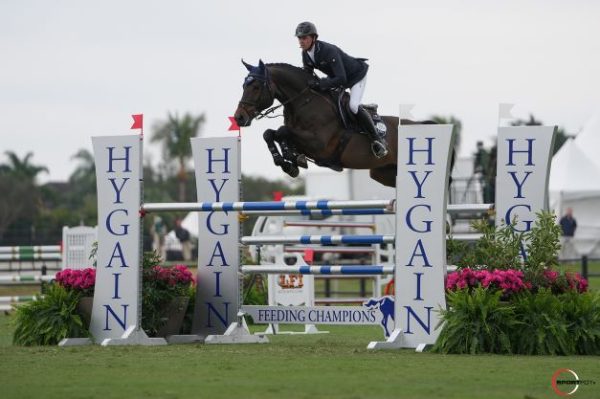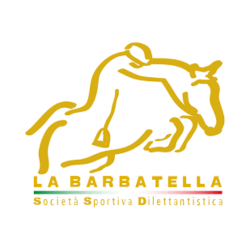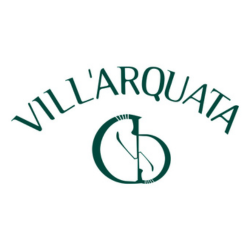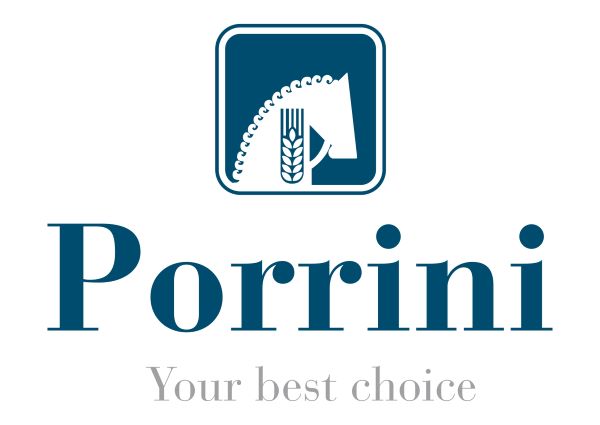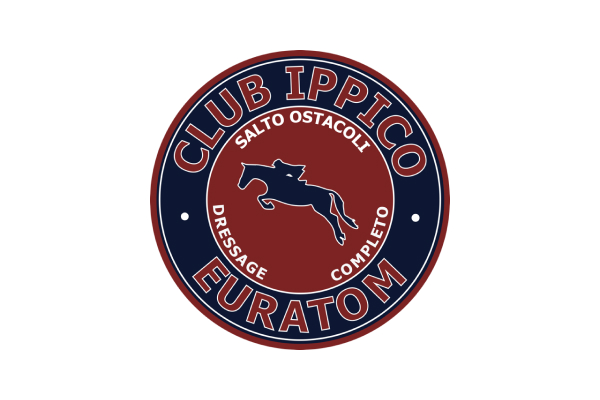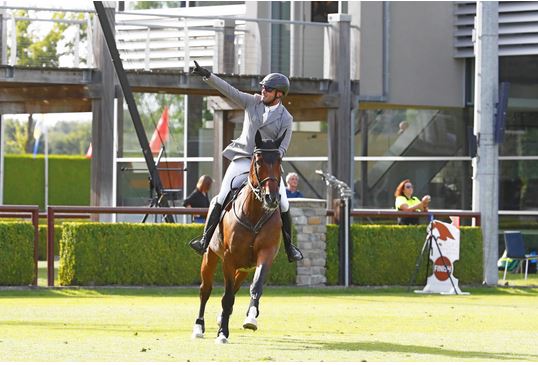
The story of St. Anthony the Abbot, the patron saint of farmers and their animals
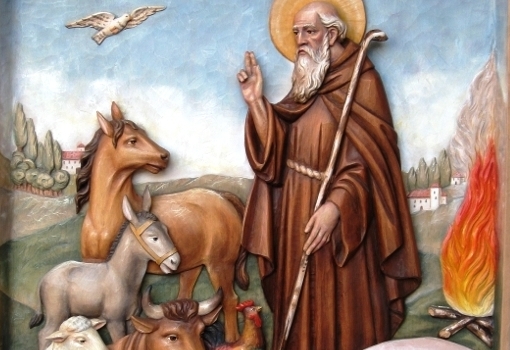
Yesterday the 17 January was the day in which the Catholic Church remembered St. Anthony the Abbot. This day is also important for the equestrian community in Italy because he is the patron saint of farmers and animal breeders, with many yesterday lining up in the Vatican City in Piazza San Pietro to receive a blessing. However, who was St. Anthony the Abbot and what links him to animal breeders and farmers?
Saint Anthony was a famous recluse in the history of the Catholic Church and is considered the founder of monasticism, which changed several times over the years. Born in Coma, Egypt in 250 B.C., at about the age of twenty he left everything to live in the desert and then later on by the shores of the Red Sea. He died having lived for more than 80 years in isolation.
Pilgrims and those in need visited him from all over the East (it is said that the Emperor Constantine and his sons showed up to ask advice), attracted by his holiness. Twice he left his status of isolation: the first time to comfort the Christians of Alexandria persecuted by Maximinus Daia, the other at the invitation of his disciple Athanasius, bishop of Alexandria, to urge them to show loyalty to the Council of Nicaea.
According to one of his disciples, he led a life of penance and without distraction, characterised by the Latin saying “hora et labora“. The choice of a solitary life was dictated by the belief that only loneliness could purify a person from all evil tendencies.
An extremely hard lifestyle which was not for everyone, and the loneliness gave rise to visions and fantasies that were sometimes mistaken for divine illuminations or temptations that led to the loss of judgment and common sense. Over time, many people were tempted to follow his example heading to Anthony and subsequently he slowly began to leave his solitary state and to engage with his soon to be followers, giving advice about the pursuit of a pure and perfect spirit.
He later withdrew again to a solitary life in the desert of Tebiade, where his only means of support was a small vegetable garden, and in the last years of his life he stayed with two monks who looked after him in his old age. He died at the ripe old age of 106 years on January 17, in the year 356.
His tomb was discovered in the year 561 and a crowd of sick people flocked to it immediately. To accommodate all the sick who came to visit, they ultimately decided to build a hospital and the village took the name of Saint-Antoine of Viennois.
The pope granted them the privilege of raising pigs for the community, which is why the pigs could move freely in the village and nobody touched them if they had a bell to distinguish them around their necks. Their fat was used for curing the sick and it is for this reason that initially the pig and then later other stable animals began to be associated with Anthony.
St. Anthony the Abbot is depicted with animals by his side and to this day stables are still blessed and animals are taken to be blessed in remembrance of St. Anthony. A tradition that is thousands of years old.





